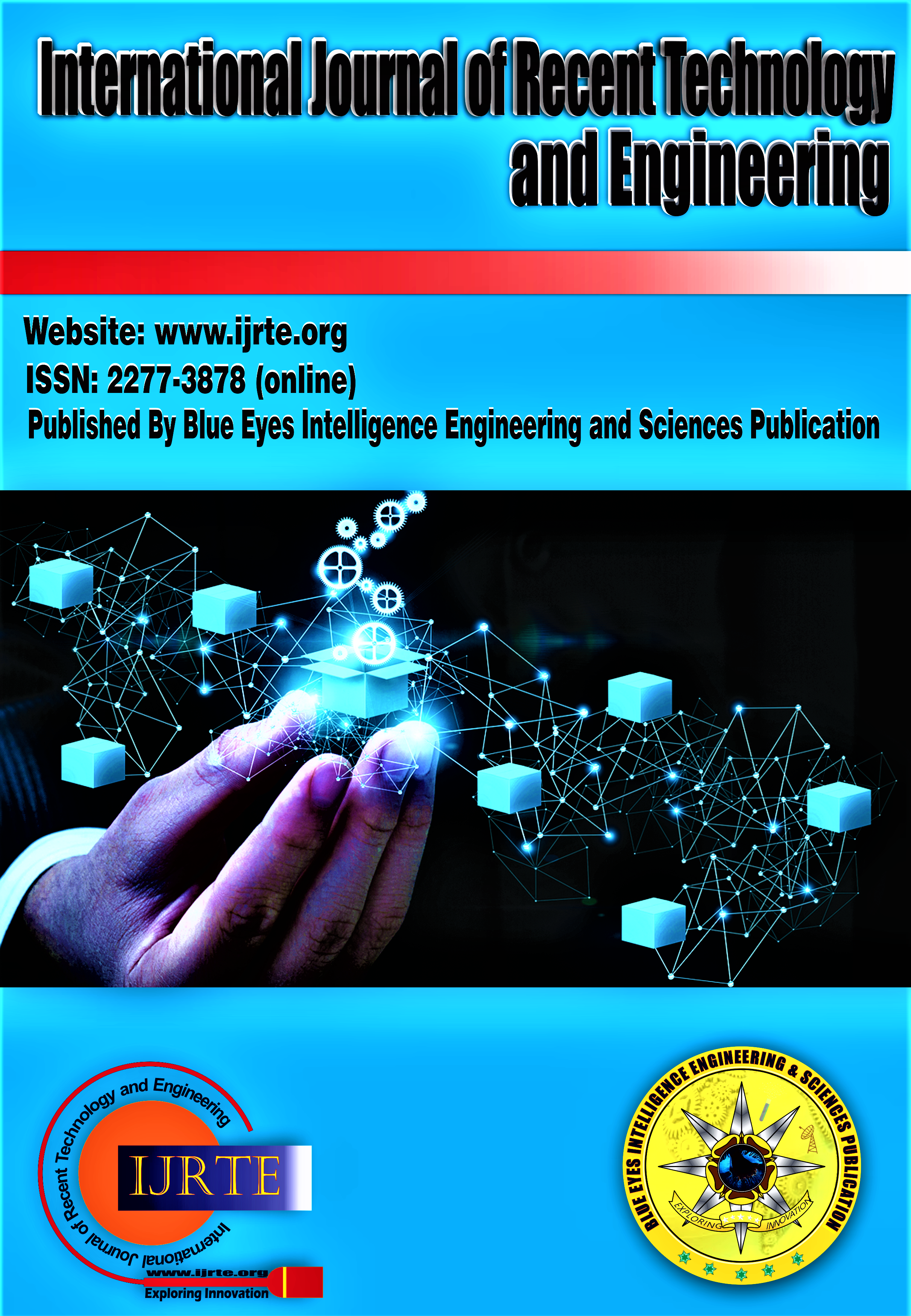Production of Green Hydrogen from Wind Energy in India
Main Article Content
Abstract
The report describes India's capacity to produce green hydrogen from wind energy, how it generates power, and whether it could eventually replace grey hydrogen in industrial settings. India will produce more than 5 million metric tonnes of hydrogen annually to meet the industrial demand. On the other hand, 13 million metric tonnes of CO2 are released into the atmosphere for every million metric tonnes of hydrogen produced. In addition to a state-of-the-art evaluation of the green hydrogen technology value chain, the study will include a case study on the production of green hydrogen from a 3-MW wind turbine located in the coastal region of Tamil Nadu. This study indicates that 125 gigawatt-hours of capacity are required for a wind farm. According to this research, wind farms with a capacity of 125 gigawatt-hours may substitute grey and blue hydrogen to meet India's current yearly industrial hydrogen consumption of 5 million metric tonnes. The study focuses on hydrogen storage methods for wind turbine electricity and green hydrogen-based storage facilities. The primary focus of this study is on the possibility of green hydrogen to meet India's needs for industrial and other hydrogen-related applications.
Downloads
Article Details
Section

This work is licensed under a Creative Commons Attribution-NonCommercial-NoDerivatives 4.0 International License.
How to Cite
References
Report on National Green Hydrogen Mission, MNRE. (2023). https://mnre.gov.in/en/notice/the-national-green-hydrogen-mission-13-1-2023-648-kb-pdf/
Dawood F, Anda M, Shafiullah, G. (2020). Hydrogen production for energy: an overview. Int J Hydrog Energy, 45:3847–3869. DOI: https://doi.org/10.1016/j.ijhydene.2019.12.059.
Abas N, Kalair A, Khan N. (2015). Review of fossil fuels and future energy technologies. Futures, 69:31–49. DOI: https://doi.org/10.1016/j.futures.2015.03.003.
Noussan M, Raimondi PP, Scita R, et al. (2020). The role of green and blue hydrogen in the energy transition: a technological and geopolitical perspective. Sustainability, 2020, 13:298. DOI: https://doi.org/10.3390/su13010298.
Van Renssen S. (2020). The hydrogen solution. Nat Clim Change, 10:799–801. DOI: https://doi.org/10.1038/s41558-020-0891-0.
Jacobson MZ, Delucchi MA, Cameron MA, et al. (2017). The United States can keep the grid stable at a low cost with 100% clean, renewable energy in all sectors despite inaccurate claims. Proc Natl Acad Sci USA, 114:E5021–E5023. DOI: https://doi.org/10.1073/pnas.1708069114.
Grant N, Hawkes A, Napp T, et al. (2021). Cost reductions in renewables can substantially erode the value of carbon capture and storage in mitigation pathways. One Earth,4:1588–1601. DOI: https://doi.org/10.1016/j.oneear.2021.10.024.
Rangel-Martinez D, Nigam K, Ricardez-Sandoval LA. (2021). Machine learning on sustainable energy: a review and outlook on renewable energy systems, catalysis, smart grid and energy storage. Chem Eng Res Des, 174:414–441. DOI: https://doi.org/10.1016/j.cherd.2021.08.013.
Deloitte. (2022). Renewable Energy Industry Outlook. us-eri-renewable-energy-outlook-2022.pdf (deloitte.com)
Dhakal R, Sedai A, Paneru S, et al. (2021). Towards a net zero building using photovoltaic panels: a case study in an educational building. Int J Renew Energy Res (IJRER), 11:879–889. https://www.ijrer.org/ijrer/index.php/ijrer/article/view/12044.
Sedai A, Singh G, Dhakal R, et al. (2021). Technical and economic feasibility of a fully solar-powered airport in Nepal. In: 2021 IEEE International Conference on Intelligent Systems, Smart and Green Technologies (ICISSGT), Visakhapatnam, India, 122–127. DOI: https://doi.org/10.1109/ICISSGT52025.2021.00035.
Sedai A, Thapa BS, Thapa B, et al. (2020). Application of reverse engineering method to model eroded Francis runner. J Phys: Conference Series: IOP Publishing, DOI: https://doi.org/10.1088/1742-6596/1608/1/012012
Kowtham R, Pranav L, ClayS. Harnessing green hydrogen,2022. https://www.niti.gov.in/sites/default/files/2022-06/Harnessing-Green-Hydrogen_V21_DIGITAL_29_06.pdf
Yolcular S. (2022). Hydrogen production for energy use in European Union Countries and Turkey. Energy Sour Part A: Recovery Util Environ Eff;31:1329–37. DOI: https://doi.org/10.1080/15567030802089615.
Konieczny A, Mondal K, Wiltowski T, Dydo P. (2008). Catalyst development for thermocatalytic decomposition of methane to hydrogen. Int J Hydrog Energy;33:264–72. DOI: https://doi.org/10.1016/j.ijhydene.2007.07.054.
Ashish S. et. Al. (2023). Wind Energy as a source of green hydrogen production in the USA. Clean Energy, Vol. 7, No. 1, 8-22. DOI: https://doi.org/10.1093/ce/zkac075.
Prakash, Dr. T. R. D., & R M, A. (2023). AI Algorithm Based Green Hydrogen Static Compensator for Harmonic Mitigation, Power Balancing, and Power Factor Correction in Nano-Grids. In International Journal of Innovative Technology and Exploring Engineering (Vol. 13, Issue 1, pp. 47–56). DOI: https://doi.org/10.35940/ijitee.a9770.1213123
Naik, O., Jaiswal, S., Bhuyar, Dr. K., & Kodape, Dr. S. (2023). Green Hydrogen Production as a Sustainable Initiative for Alternative Energy Source: A Review. In International Journal of Basic Sciences and Applied Computing (Vol. 9, Issue 10, pp. 1–5). DOI: https://doi.org/10.35940/ijbsac.i0503.0691023
Brahamne, P., Chawla, Assoc. Prof. M. P. S., & Verma, Dr. H. K. (2023). Optimal Sizing of Hybrid Renewable Energy System using Manta Ray Foraging Technique. In International Journal of Emerging Science and Engineering (Vol. 11, Issue 3, pp. 8–16). DOI: https://doi.org/10.35940/ijese.c2545.0211323
M, R., & Rajakumar, S. (2019). Determinants of Online Purchase Decision of Green Products. In International Journal of Engineering and Advanced Technology (Vol. 9, Issue 1, pp. 1477–1481). DOI: https://doi.org/10.35940/ijeat.a1262.109119
Viswanath, S. B., Sudarsan, D., & Ramakrishnan, T. (2019). Performance and Emission Test on Corn Oil Blended Diesel with Hydrogen Fuel. In International Journal of Recent Technology and Engineering (IJRTE) (Vol. 8, Issue 4, pp. 4508–4510). DOI: https://doi.org/10.35940/ijrte.d8430.118419





